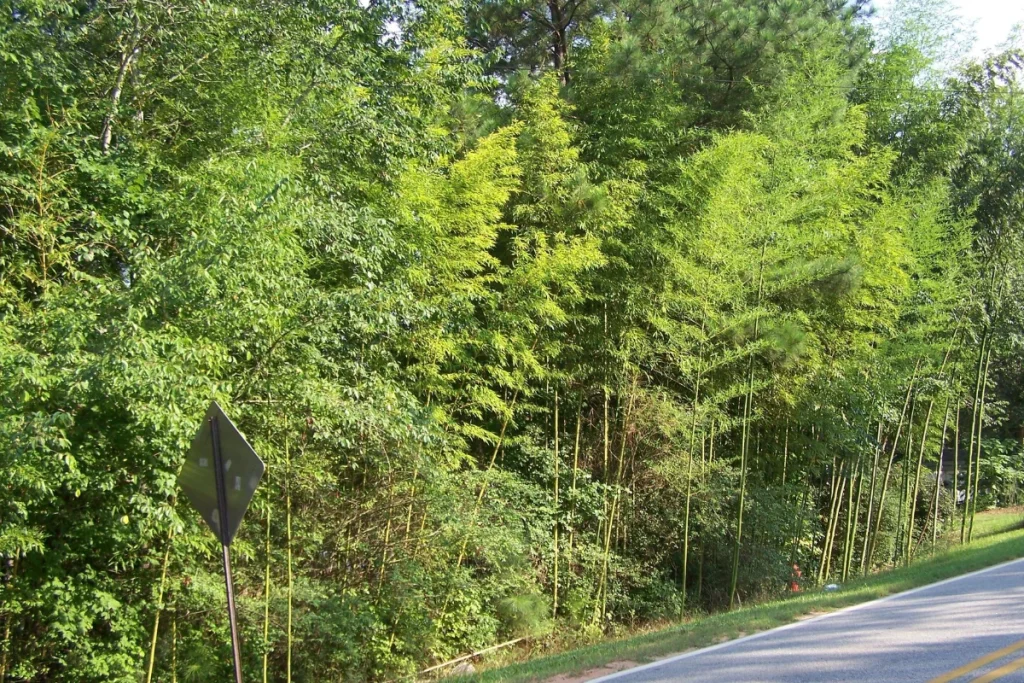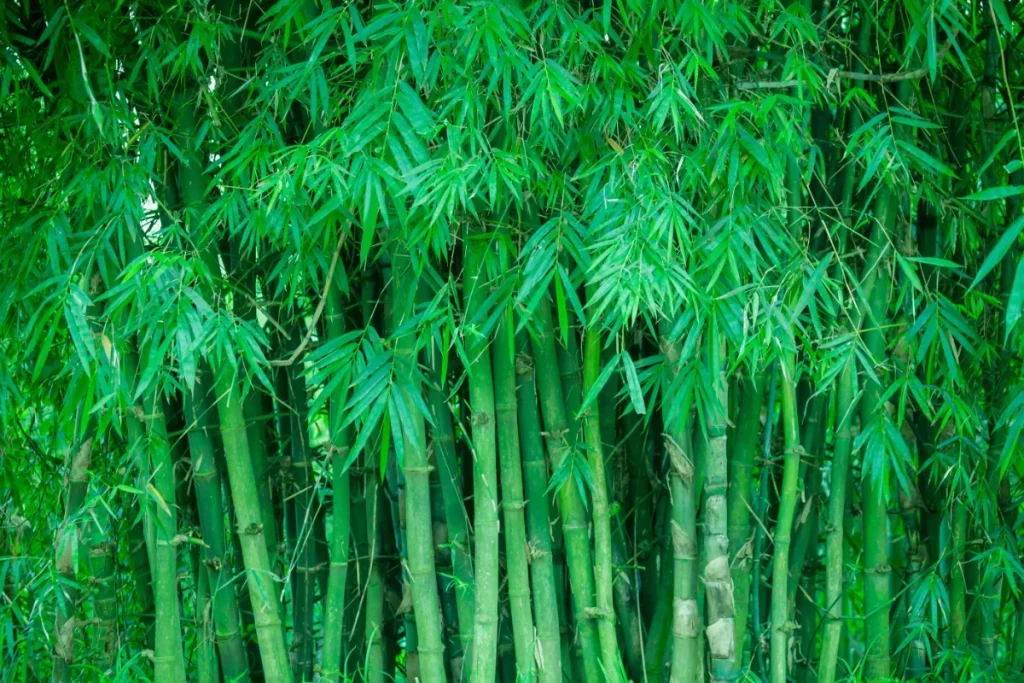
Bamboo Packaging: Embracing Sustainability in Every Package
Introduction
Bamboo packaging stands as a formidable contender in the pursuit of sustainable solutions, echoing the growing global call for eco-friendly practices. This exploration into the realm of bamboo-made packaging materials delves deep into its advantages, the process behind its creation, notable industry implementations, and the promising trajectory it holds in the realm of sustainable packaging.
What is Bamboo?
Bamboo, a versatile and rapidly renewable resource, serves as the foundation for a wide range of products, including packaging materials. Its sustainability lies in its quick growth and minimal environmental impact.
Benefits of Bamboo Packaging

Eco-Friendly Nature
Packaging materials made from bamboo boast an eco-friendly profile, contributing to reduced environmental harm compared to traditional materials.
Biodegradability
Unlike conventional packaging, bamboo decomposes naturally, preventing long-lasting ecological damage.
Renewable Resource
Bamboo’s rapid growth makes it a readily available and renewable resource, ensuring a constant supply without harming the environment.
Durability
It combines sustainability with strength, providing a durable alternative to conventional materials.
Is Bamboo Packaging Sustainable?
First, there were products made from bamboo, and then there was packaging made from bamboo. Packaging made from bamboo fibers goes through a process very similar to paper and cardboard, and in the majority of cases, there are no additional chemicals or additives.
Like paper and cardboard, because the packaging is made from an organic material, it is biodegradable and can be composed at home. When it comes to using bamboo packaging it is increasingly being used to package computing and electronic items that are produced in China and shipped to other countries.
As a local resource bamboo makes a lot of sense to use for packaging. Dell is one such company making use of bamboo packaging for its products.
How Bamboo Packaging is Made
The creation of packaging from bamboo involves a thoughtful and eco-conscious process, from the initial harvesting of bamboo to the final product. Let’s embark on a journey through the various stages that bring sustainable packaging material to life.
Harvesting Bamboo:
The process begins with the careful selection and harvesting of mature bamboo. Sustainable practices ensure minimal impact on the bamboo plant and its surrounding ecosystem.
Preparing Raw Bamboo:
Once harvested, raw bamboo undergoes thorough cleaning and preparation. This step involves removing impurities and treating the bamboo to enhance its suitability for packaging.
Treatment and Processing:
Bamboo is treated to enhance its durability and resistance to pests. This treatment not only ensures the material meets industry standards for packaging strength but also aligns with sustainable practices.
Shaping into Packaging Material:
The treated bamboo is then shaped into the desired form for packaging. This could involve cutting, molding, or weaving, depending on the specific requirements of the packaging.
Binding and Joining:
To create sturdy packaging materials, bamboo components are bound or joined together using eco-friendly adhesives or traditional binding techniques. This step ensures the final product is robust and environmentally friendly.
Finishing Touches:
The finished bamboo packaging material undergoes final touches, such as polishing or adding protective layers. These enhancements contribute to the material’s longevity and usability.
Quality Control:
Rigorous quality control measures are implemented throughout the process to ensure that the packaging material meets industry standards and adheres to eco-friendly and sustainable principles.
Packaging Product Development:
The final step involves using the bamboo packaging material to create a diverse range of packaging products, from boxes to containers. Innovative design and development ensure functionality while maintaining sustainability.
Factors to Consider:

Eco-Friendly Credentials
When opting for bamboo-made packaging, look for products explicitly labeled as eco-friendly. This ensures that the bamboo used adheres to sustainable harvesting practices, minimizing environmental impact.
Biodegradability
Being naturally biodegradable, it contributes to reducing long-term environmental waste.
Renewable Sourcing:
Ensure the bamboo used is sourced from responsibly managed plantations. This guarantees a continuous supply without depleting natural resources.
Durability and Practicality
Assess the packaging’s durability to ensure it meets the intended purpose. Bamboo’s strength makes it an excellent option for various packaging needs.
Certifications and Standards
Look for certifications from recognized environmental organizations. These certifications validate the product’s adherence to sustainable and ethical standards.
Cost Considerations
While bamboo packaging is generally competitive in price, consider the overall value and long-term benefits, including its positive environmental impact.
Why Bamboo Made Packaging Is the Best Option?
Embracing bamboo-made packaging can be a transformative decision for your business, offering a myriad of benefits that extend beyond environmental consciousness. Here’s why it stands out as the best option for your business:

Environmental Sustainability:
Bamboo is a rapidly renewable resource that requires minimal water and no pesticides to grow. Opting for packaging materials made from bamboo showcases your commitment to reducing the environmental impact of your business operations.
Reduced Carbon Footprint:
It often involves shorter supply chains and less energy-intensive manufacturing processes. This results in a lower carbon footprint compared to traditional packaging materials.
Biodegradability:
Bamboo packaging materials are biodegradable, meaning they naturally break down over time without leaving harmful residues. This aligns with the increasing consumer demand for products that contribute to a circular economy.
Versatility and Aesthetics:
Bamboo is a versatile material that can be molded into various shapes and sizes, allowing for unique and aesthetically pleasing packaging designs. This versatility can set your brand apart in a competitive market.
Consumer Appeal:
Eco-conscious consumers are increasingly drawn to businesses that prioritize sustainability. It not only appeals to environmentally aware consumers but also reflects your brand’s commitment to ethical practices.
Brand Image and Differentiation:
Adopting eco-friendly packaging contributes to a positive brand image. It demonstrates a forward-thinking and responsible approach, differentiating your business as one that cares about both its products and the planet.
Durable and Functional:
Bamboo-made packaging is known for its strength and durability, ensuring that your products are well-protected during transit and on store shelves. This durability contributes to customer satisfaction and loyalty.
Adaptability to Various Products:
It is suitable for a wide range of products, from cosmetics to food items. Its adaptability allows your business to maintain a cohesive and eco-friendly packaging approach across diverse product lines.
Future of Bamboo Packaging
Bamboo packaging is not just a trend; it’s a growing movement towards a more sustainable future. Moreover, in many countries, local governments also support initiatives that lead toward more sustainable environmentally friendly solutions.
Conclusion
Bamboo packaging stands as a beacon of sustainable packaging solutions. Its benefits, coupled with ongoing innovations, position it as a key player in reducing environmental impact. As consumers and industries increasingly prioritize sustainability, bamboo-made packaging makes a positive impact on our planet.






